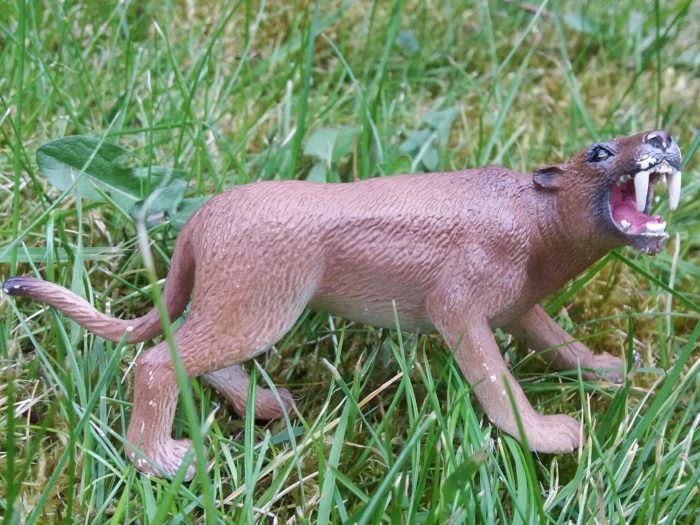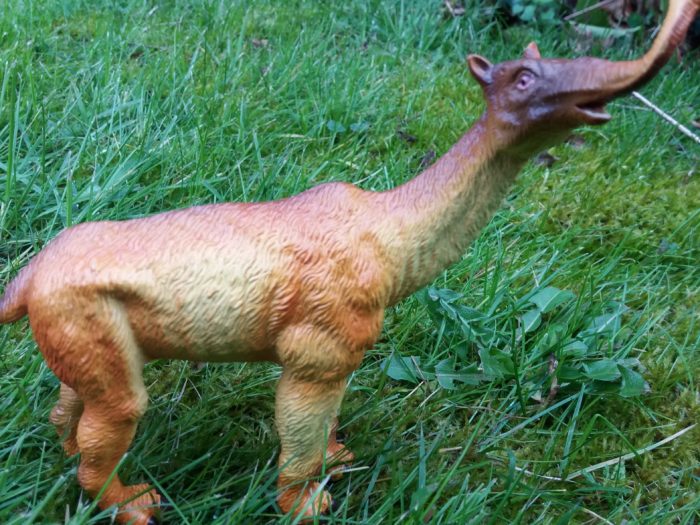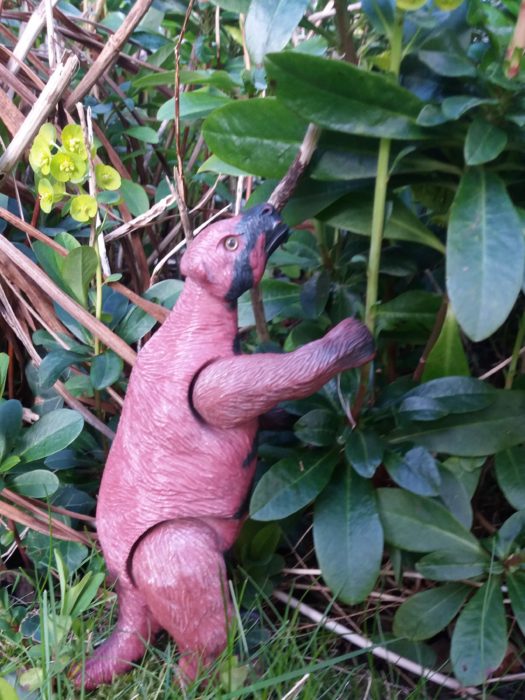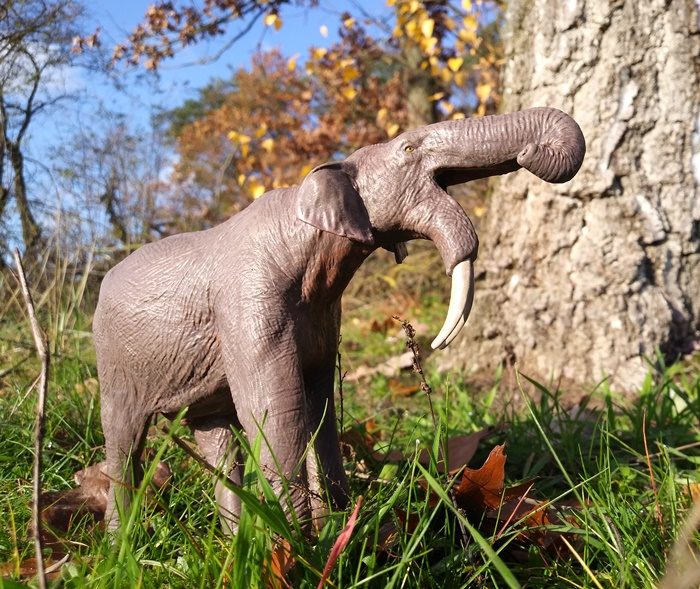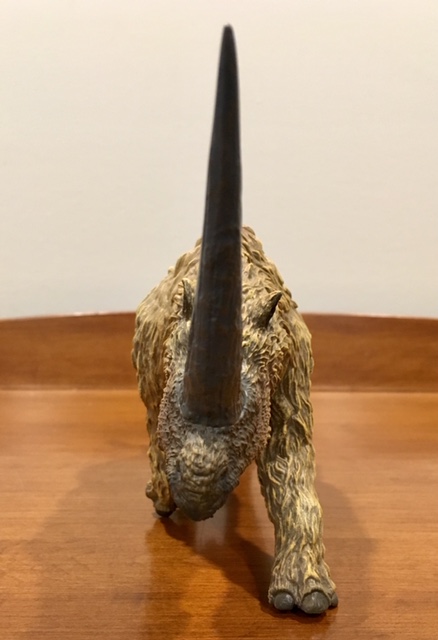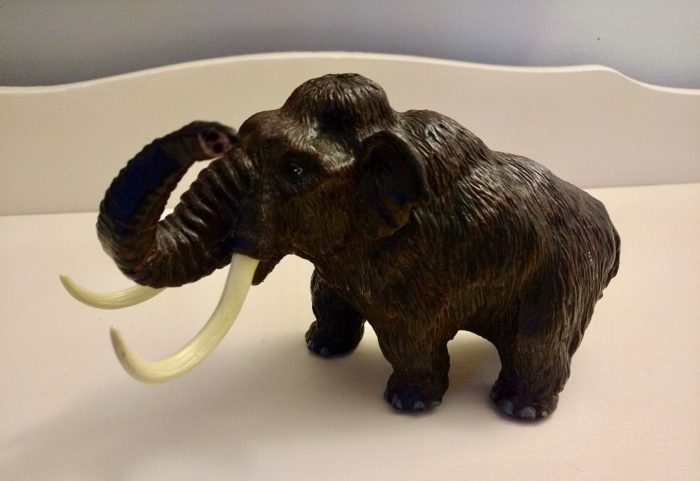When most hear the words “sabre tooth”, they would think of Smilodon and no others. But no species gains anything as unique as sabre teeth that large over night. It takes millennia of evolution from one species to another, and many of the steps can be found in the fossil record.
Classification: Mammal
Review: Macrauchenia (Jurassic Hunters by Geoworld)
Review: Megatherium (Tyco)
Review: Deinotherium (Eofauna)
Review: Gigantopithecus (Disney’s A Jungle Book by Just Play)
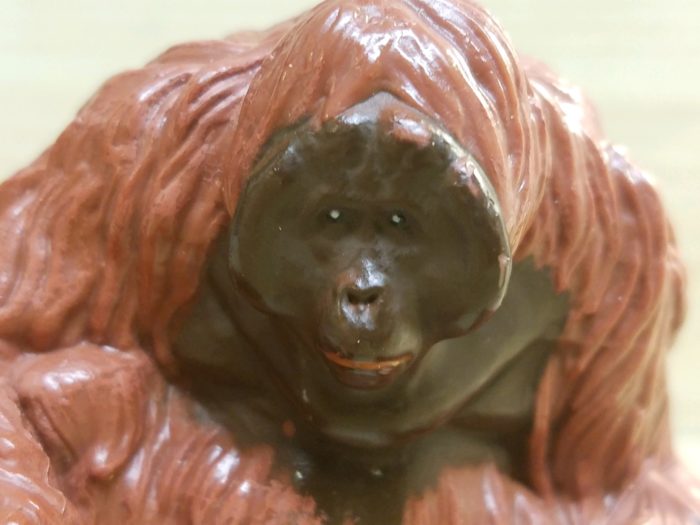
Review and images by bmathison1972, edited by Suspsy
In 1967, Disney released a feature-length animated movie of Rudyard Kipling’s Jungle Book series. One of the most iconic characters from that film was the singing and dancing orangutan, King Louie. Interestingly, Louie never appeared in any of Kipling’s original works.
Review: Saber-toothed Squirrel ( Mattel, Inc.)
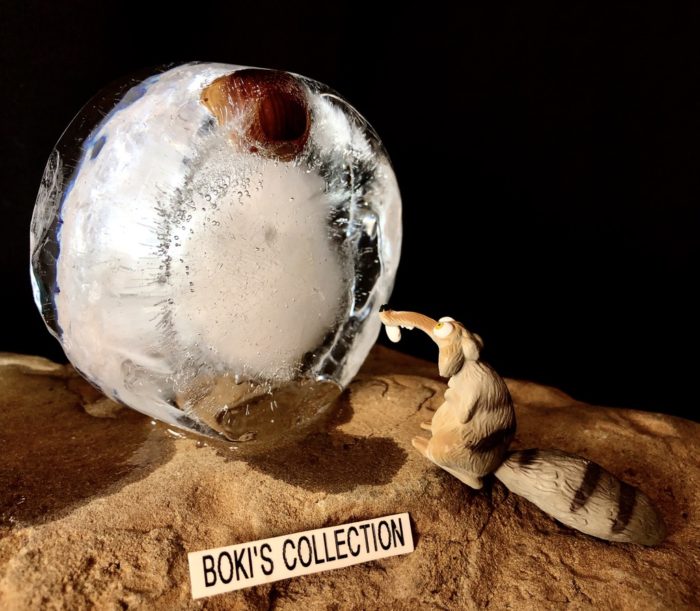
Photos and review by Bokisaurus
Hello Dinofans! This review marks my 40th review for the blog! It took years to get to this number. So I wanted to celebrate the occasion by doing something different, fun and really silly, but also relevant to the blog.Choosing a subject for the occasion was hard, but I ultimately decided to highlight our little furry friend.
Review: Woolly Rhinoceros (2019)(Wild Safari by Safari Ltd.)
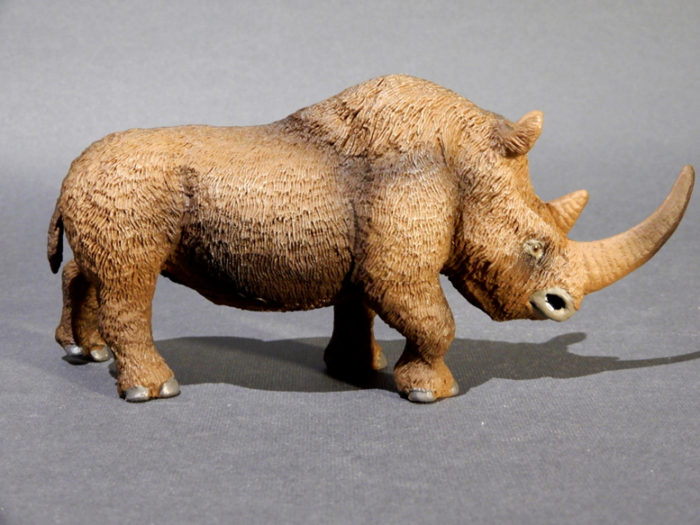
Review and images by PhilSauria, edited by Suspsy
There are not too many of the major brands given to recreating prehistoric fauna in plastic that have not had a woolly mammoth in their range at one time or another, but the number of woolly rhino figures out there might be lucky to crack the double figure mark if a tally were taken.
Review: Woolly Mammoth (Wild Republic)
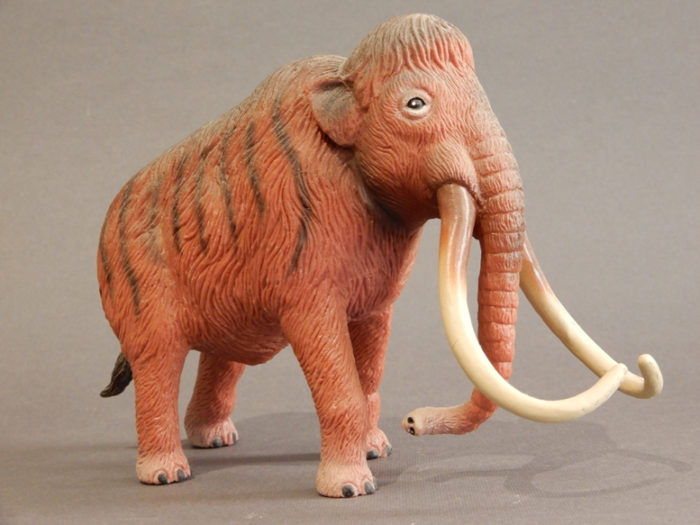
Review and images by PhilSauria, edited by Suspsy
Wild Republic, the makers of this mammoth figure, appear to be a US-based company established since 1979 and producing primarily plush toys and plastic realisations of extant animals. They also market a couple of dinosaur sets comprising the usual suspects and sold in polybags.
Review: Elasmotherium (Deluxe by CollectA)
Review: Woolly Mammoth (Favorite Co. Ltd.)
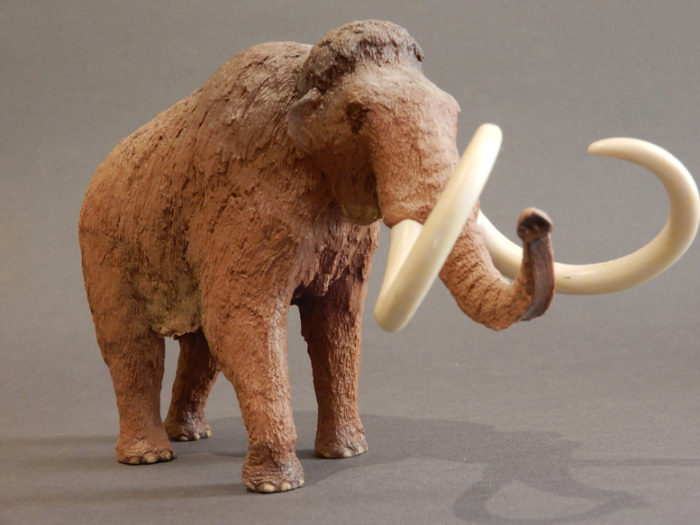
Review and images by PhilSauria, edited by Suspsy
There can’t be that many of the major brands producing prehistoric animals in plastic that don’t have a woolly mammoth in their range, and the subject of this review is Favorite’s contribution to the herd (This is my third mammoth review here – coincidence or type casting or maybe I just have a lot of mammoths?).
Review: Prehistoric Mammals Tube (Collecta)
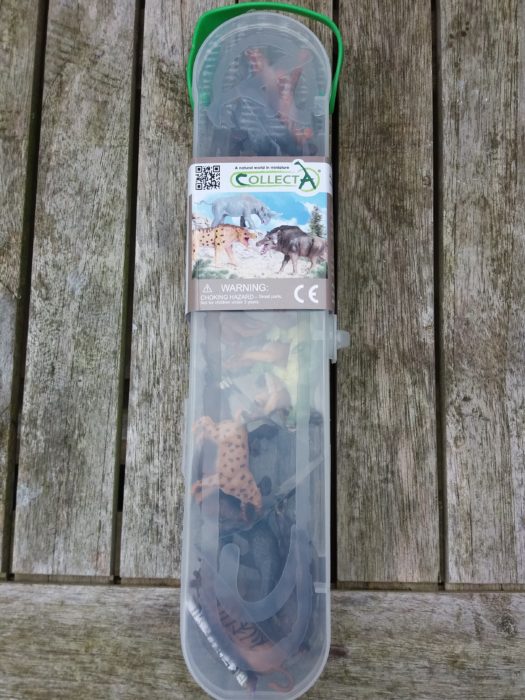
Collecta has been bringing out prehistoric animal tubes over the last few years, and while some gave us some great new designs, others have just given us miniature versions of models they already have. This is a case of the latter, as they have released these small versions of their ancient mammals.

